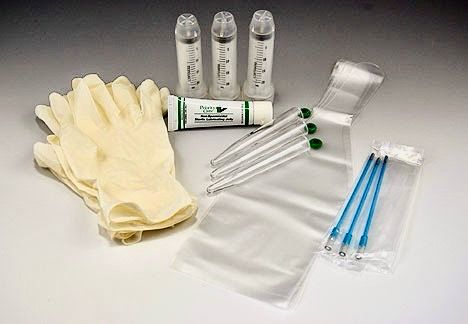Artificial insemination for dogs is a method that has gained popularity among breeders, especially when natural mating poses challenges. Artificial insemination is often used in livestock breeding. However, it is usually seen as a last resort for dogs.
This article will look at the methods of artificial insemination. It will also discuss the benefits of higher conception rates. Finally, it will cover the importance of timing and technique in this process.

Artificial insemination (AI) has three main steps: collecting and preserving semen, preparing the female dog, and the insemination itself. The process starts with collecting semen from a stud dog. This can be done using different techniques.
A female dog in heat is often used to stimulate the male. When the male mounts, it is important to redirect the semen into a collection device..
There are several methods of artificial insemination, each with its own advantages and disadvantages. The most common methods include:
1. Vaginal Insemination: This is the simplest method, where a specially designed pipette is used to deposit semen into the female’s vagina. It is less invasive and can be performed without sedation.
2. Cervical Insemination: This method involves depositing semen directly into the cervix. It requires more skill and precision but can lead to higher conception rates.
3. Surgical Insemination: This is the most invasive method. A veterinarian surgically places the semen directly into the uterus. It is usually used when other methods have not worked or when using frozen semen.
Once collected, the semen can be used immediately, chilled for up to 24 hours, or frozen for prolonged storage. It is important to note that while chilling and freezing can help preserve the semen, the chances of successful fertilization degrade over time. Therefore, breeders should aim to use the semen as soon as possible for the best results.
For successful fertilization, timing is crucial. The female dog must be inseminated at the right time in her heat cycle. Typically, insemination attempts are performed approximately four days before ovulation and continued every second day until two days after ovulation. However, determining the exact date of ovulation can be challenging.
Blood tests offer a precise way to assess progesterone levels for determining ovulation, though this approach can be costly and not available to every breeder. Alternatively, some breeders depend on behavioral indicators, such as shifts in the female’s demeanor or physical cues like vulva swelling, to gauge the best time for insemination.
Close observation of the female throughout her heat cycle is crucial to ensure insemination happens during her peak fertility, thereby enhancing the likelihood of successful conception.
Timing is important, but the technique used during insemination is also key to success. Proper training and experience matter for anyone performing the procedure. Using the wrong techniques can lower conception rates or harm the female dog. Breeders should talk to a veterinarian. They may also want to consult a professional who specializes in canine artificial insemination. This will help ensure the best practices are followed.
Artificial insemination for dogs can be a valuable tool for breeders looking to enhance their breeding programs. By understanding the methods, timing, and techniques involved, breeders can increase their chances of successful fertilization and healthy litters. As with any breeding practice, it is essential to prioritize the health and well-being of the dogs involved, ensuring that the process is as safe and effective as possible.